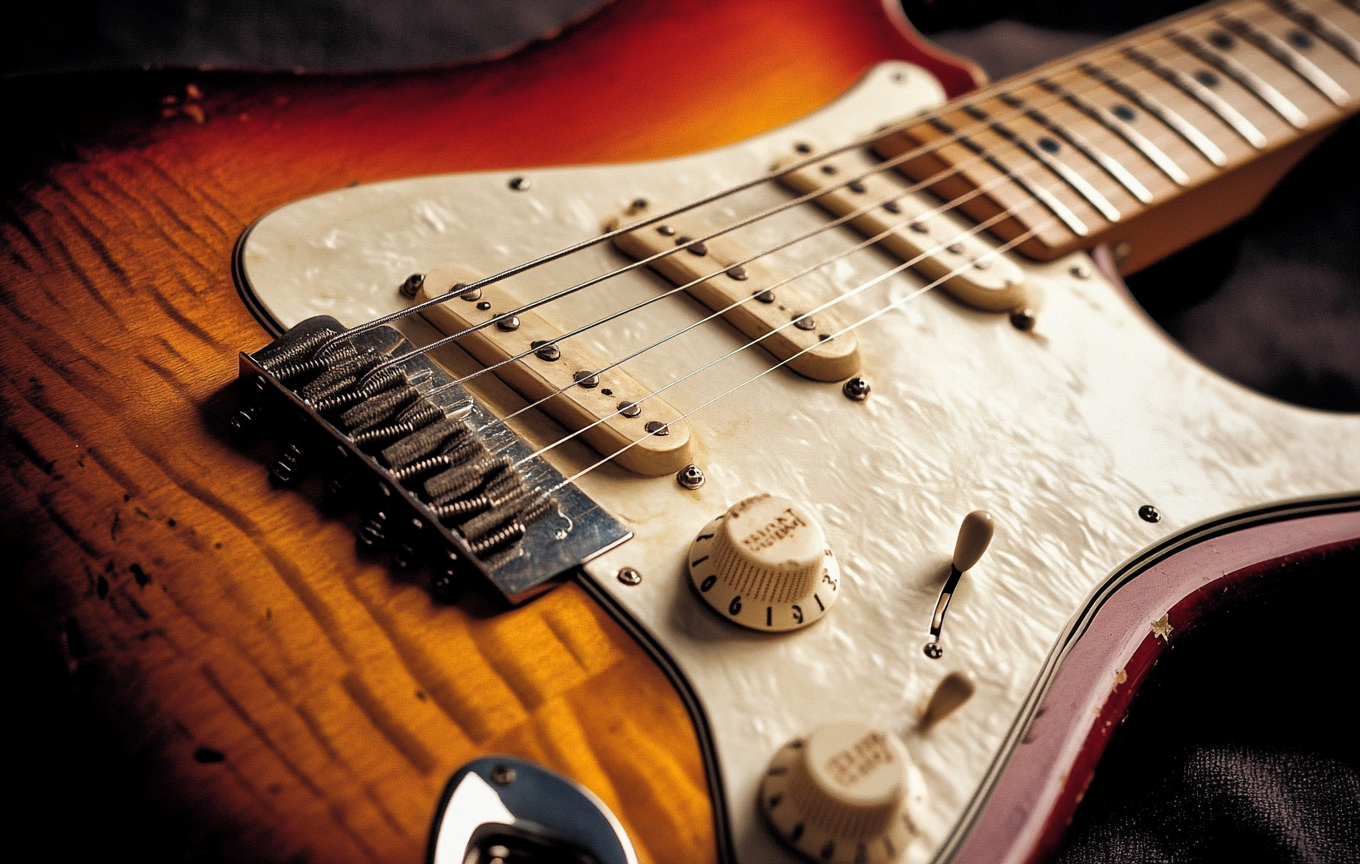The D Melodic Minor Scale Theory
Music is a universal language that has the power to evoke emotions and connect people from different cultures and backgrounds. One of the many tools that musicians use to create beautiful and compelling compositions is scales. Scales are a fundamental building block of music, and they provide a framework for musicians to create melodies and harmonies that are pleasing to the ear. One such scale that is often used in jazz and classical music is the D melodic minor scale. Despite being less commonly used than other scales, the D melodic minor scale has a unique sound that sets it apart from its counterparts. In this article, we will explore the characteristics of the D melodic minor scale, its construction, and how it can be used in musical compositions.
Notes on the D melodic minor scale
The D melodic minor scale is a seven-note scale that starts and ends on a D note. It is a type of melodic minor scale that was created with the intention of aiding in the creation of melodies. When played in ascending order, the D melodic minor scale has the same notes as a major scale, but with a flattened third note. On the other hand, when played in descending order, it has the same notes as a natural minor scale.
The D melodic Minor Scale notes ascending are: D, E, F, G, A, B, C#
The scale notes of the D melodic minor descending are: D C Bb A G F E
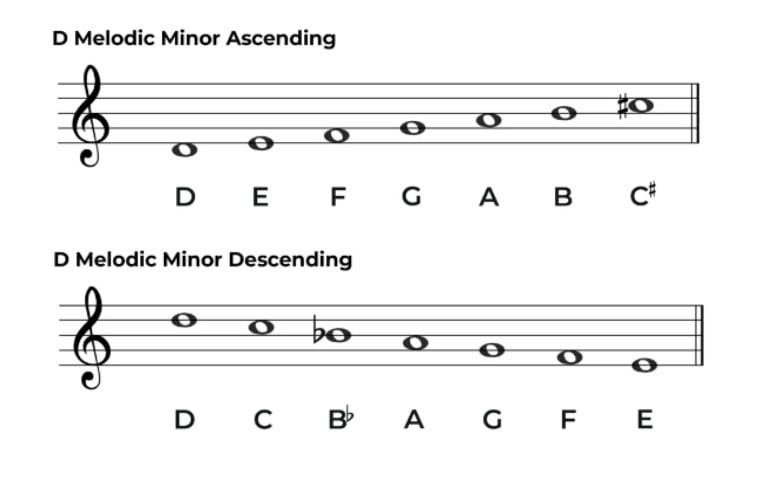
The D melodic minor scale intervals
The melodic minor scale is very similar to the natural minor scale, with the exception that its sixth and seventh notes are raised by a semitone (half step) when played in ascending order. When played in descending order, the melodic minor scale has the same notes as the natural minor scale. This alteration of notes changes the minor 2nd interval between the fifth and sixth notes to a major 2nd interval. Furthermore, there is another major 2nd interval between the sixth and seventh notes.
A major 2nd interval is equivalent to a tone or a whole step, which can be seen in the example of E-F# and F#-G#.
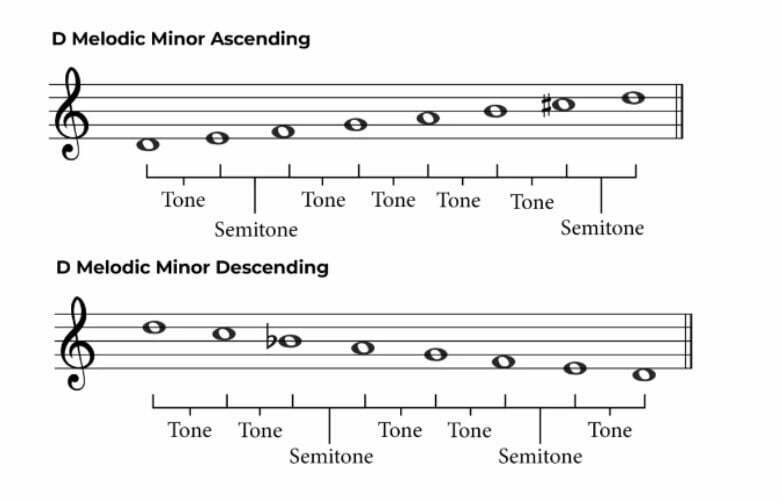
The accompanying diagram displays one octave of the D melodic minor scale with labeled intervals. It is important to note that these intervals remain consistent across all ascending melodic minor scales.
The Melodic Minor Scale Formula
The formula for the melodic minor scale is derived from the natural minor scale. However, unlike the natural minor scale, the melodic minor scale has different notes when played ascending and descending.
- When ascending, the sixth and seventh notes of the scale are raised by a semitone.
- Conversely, when descending, these notes are lowered back to their natural state, which restores the scale to its original formula.
Play D Melodic Minor
On the piano
The diagram provided below illustrates the fingering and notes for both the ascending and descending versions of the melodic minor scale when played with the right hand. The fingerings for each note are labeled underneath the diagram for reference.

The diagram below displays the notes and fingerings for both the ascending and descending versions of the melodic minor scale when played with the left hand. The fingerings for each note are labeled underneath the diagram to assist with playing the scale.

On the guitar
There are various positions on the guitar where the melodic minor scale can be played. The standard position for this scale begins on a D note and can be shifted up and down the neck to play different ascending melodic minor scales.
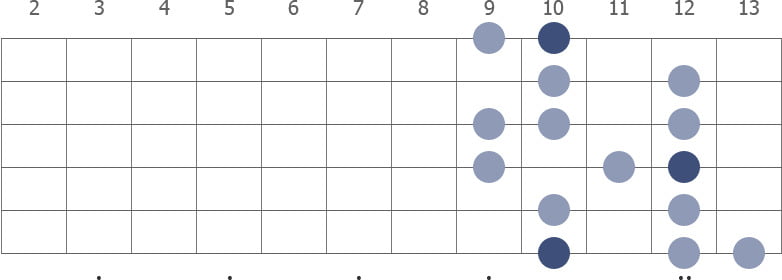
The Key Signature Of D Melodic Minor
The melodic minor scale is commonly used in musical compositions that are in a minor key. For instance, if we play the D melodic minor scale, our piece would be in the key of D (natural) minor. It is noteworthy that D minor is the relative minor of the F major scale, and both scales have a key signature of one flat.
D Melodic Minor In Different Clefs
Below is the D Melodic Minor Scale written in the treble clef, bass clef, alto clef and tenor clef including both ascending and descending.
Treble clef
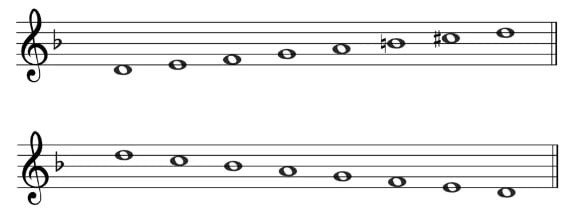
Bass clef
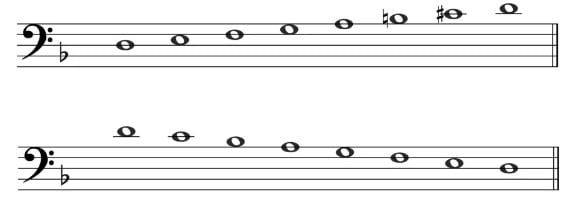
Alto clef
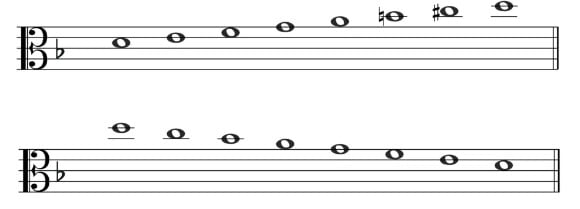
Tenor clef
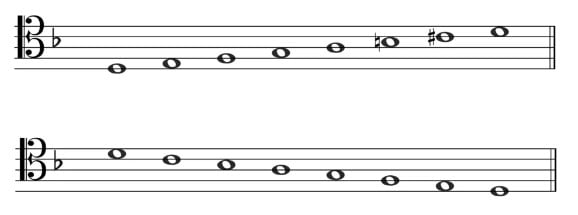
The D melodic minor scale is a versatile and unique scale that can add depth and complexity to musical compositions. Its distinct sound and unique intervals make it a valuable tool for musicians looking to create interesting and memorable melodies. Whether you are a jazz musician or a classical composer, this scale is worth exploring in your musical compositions. Remember to check out our Guitar tunio everyday for more information.




